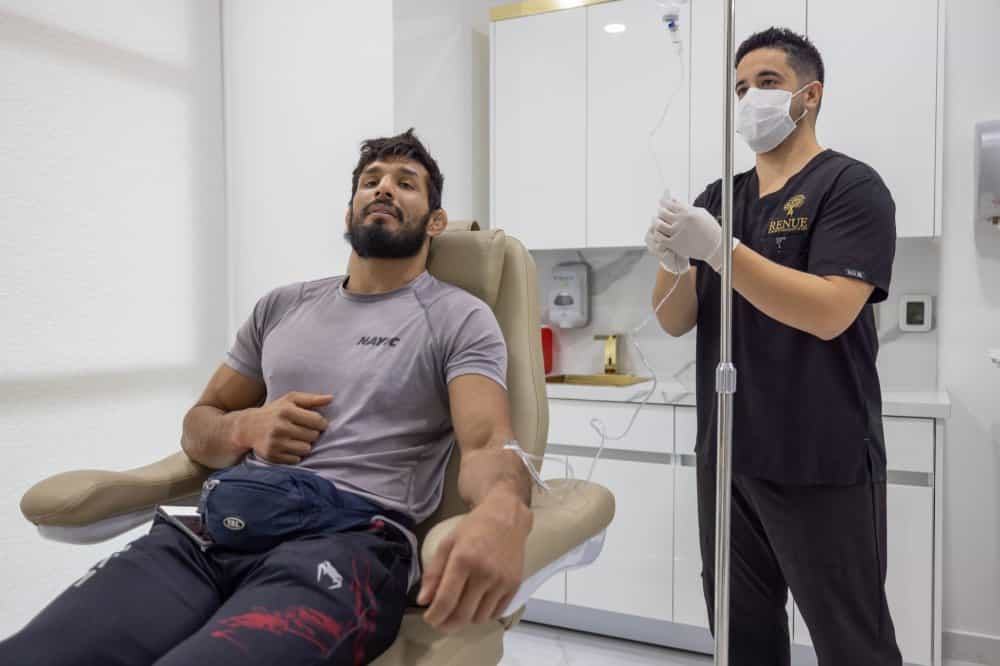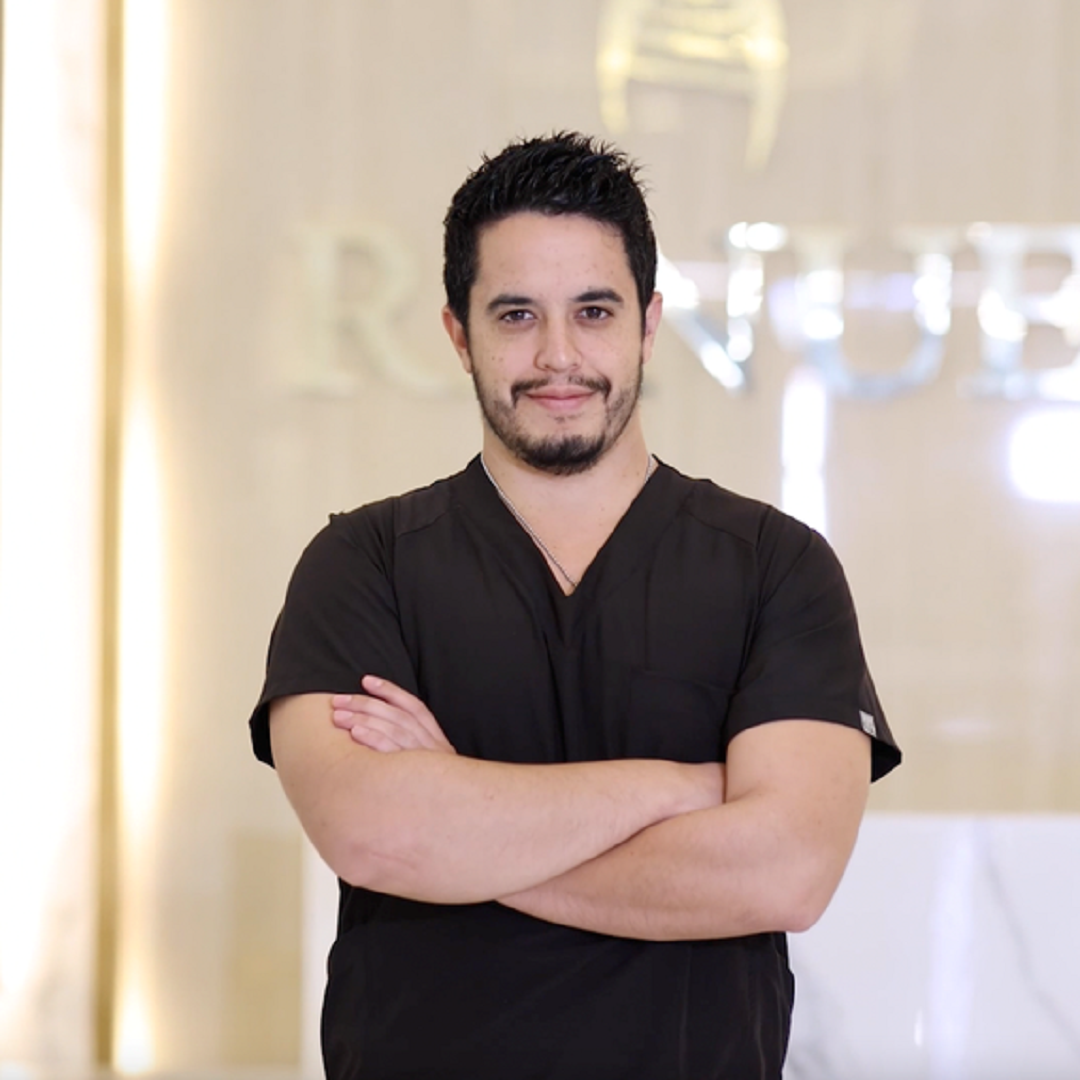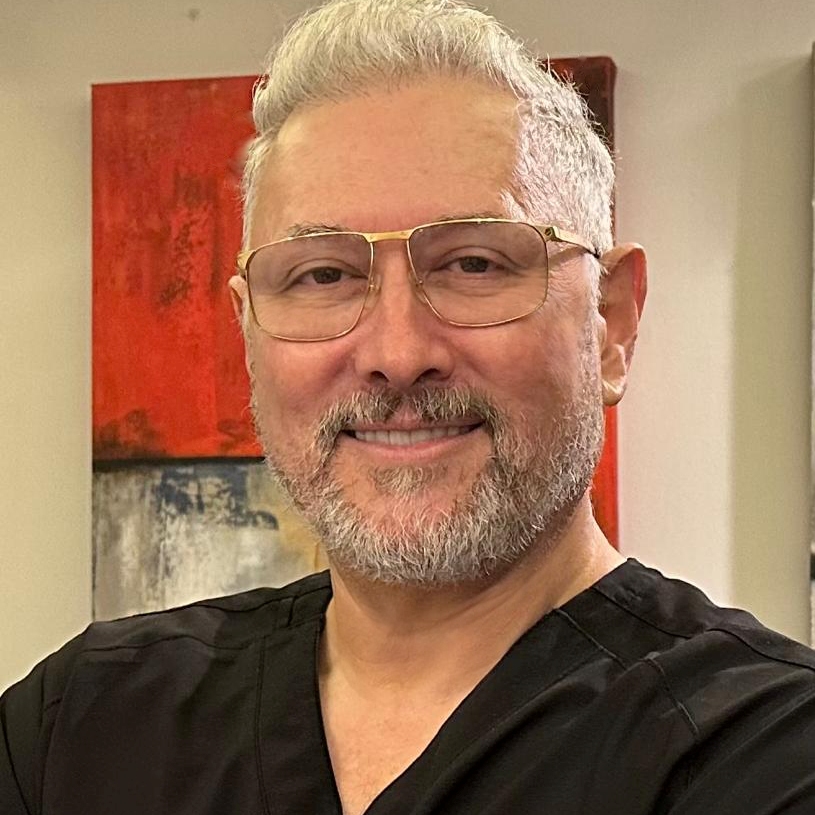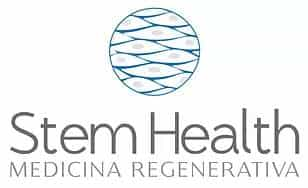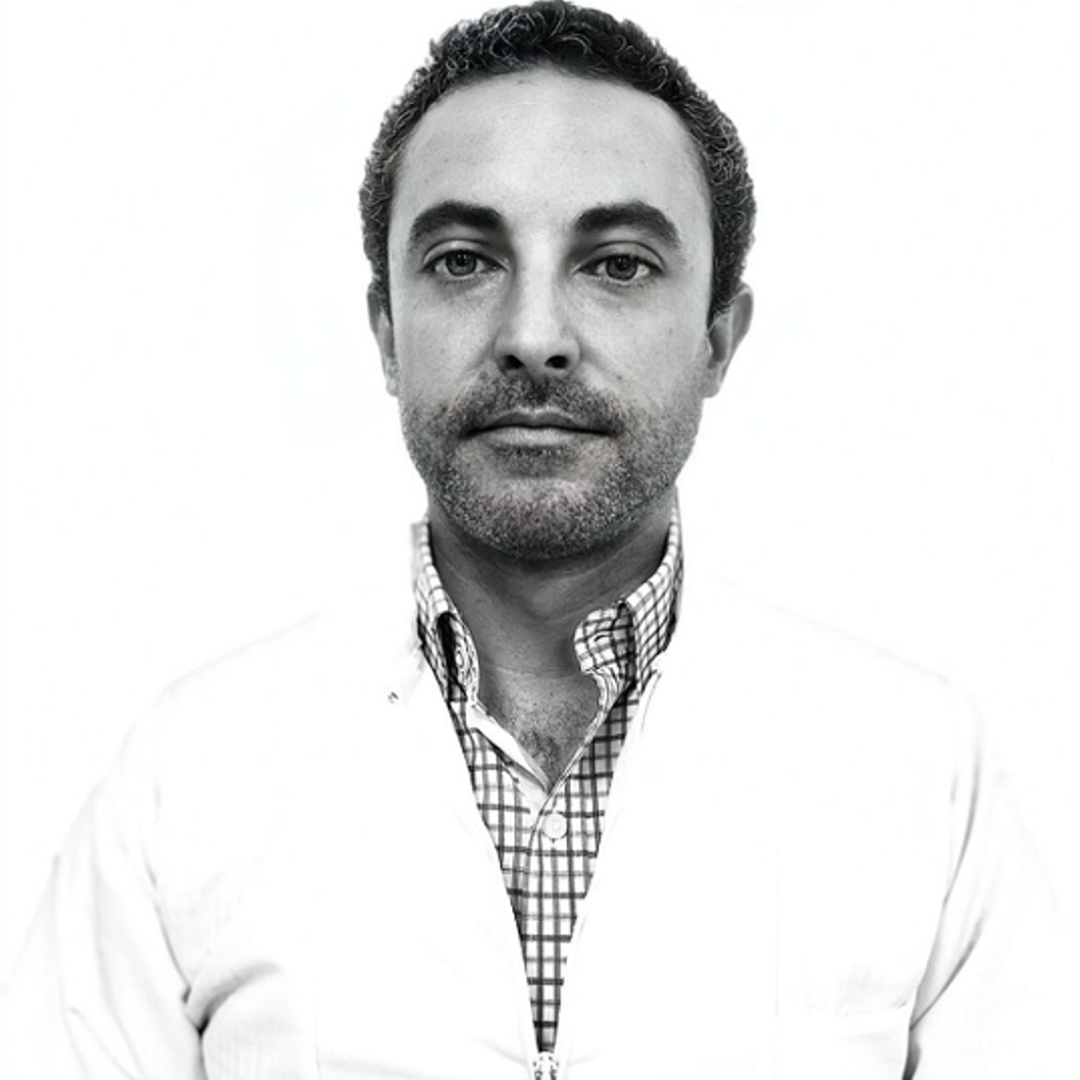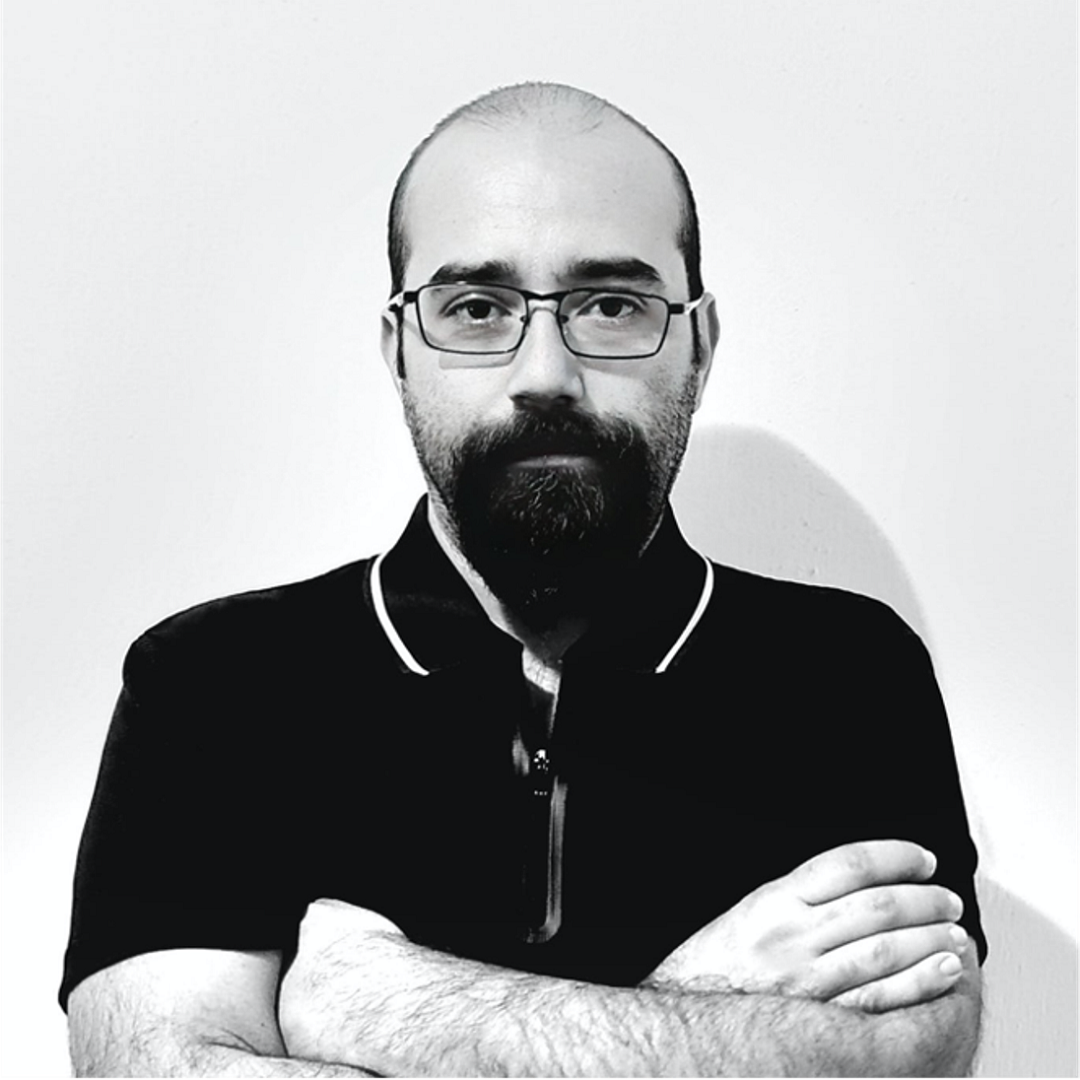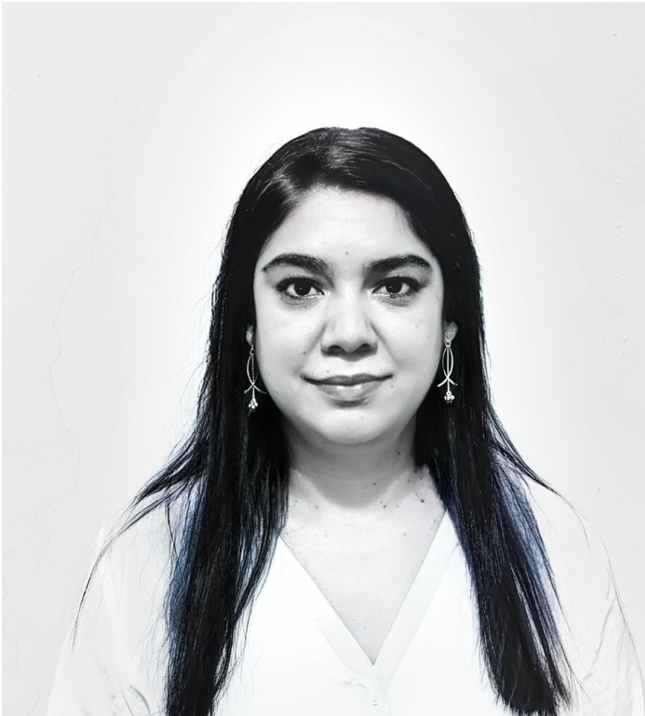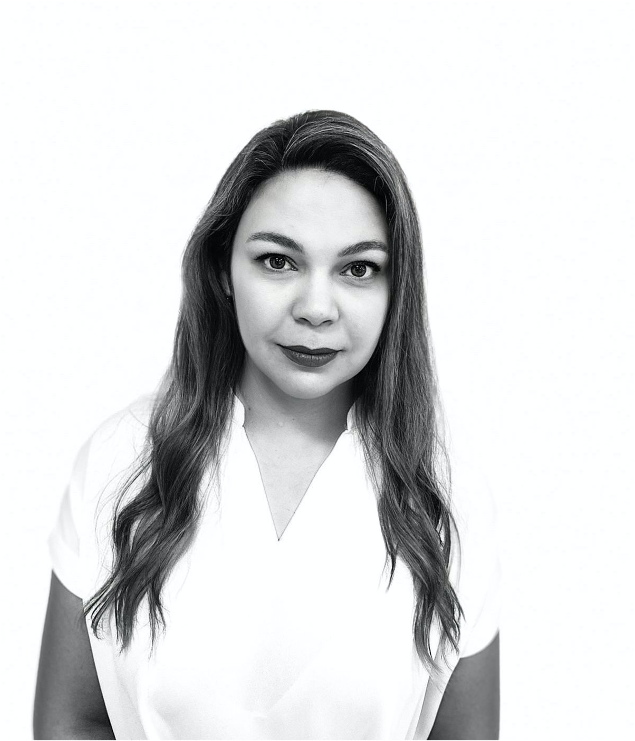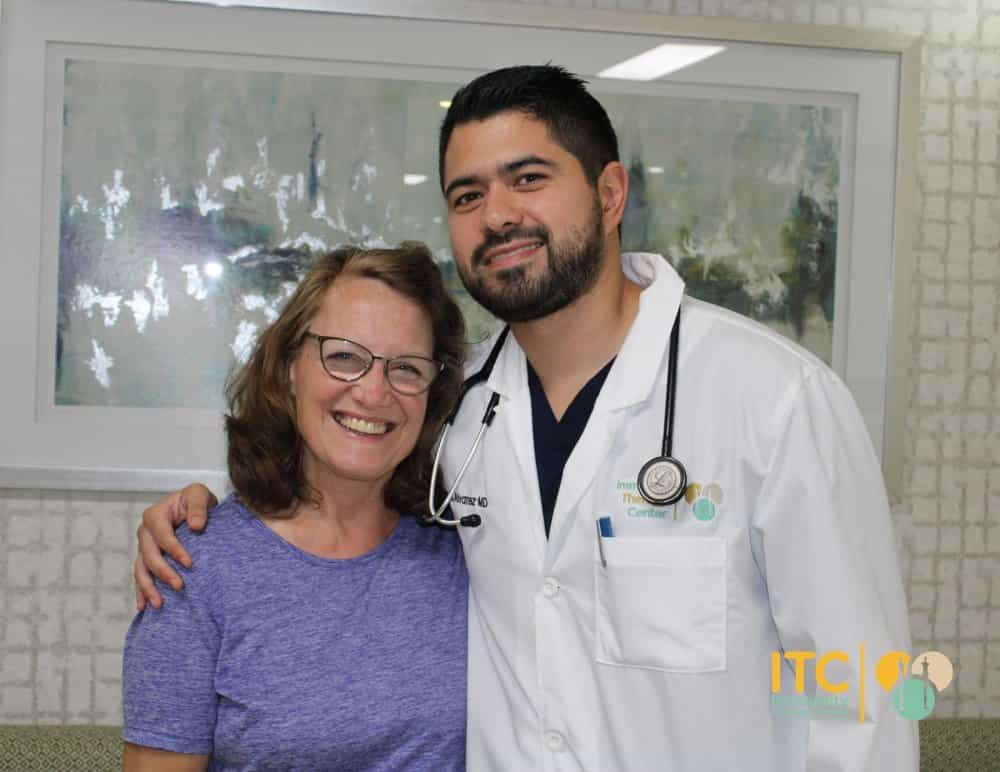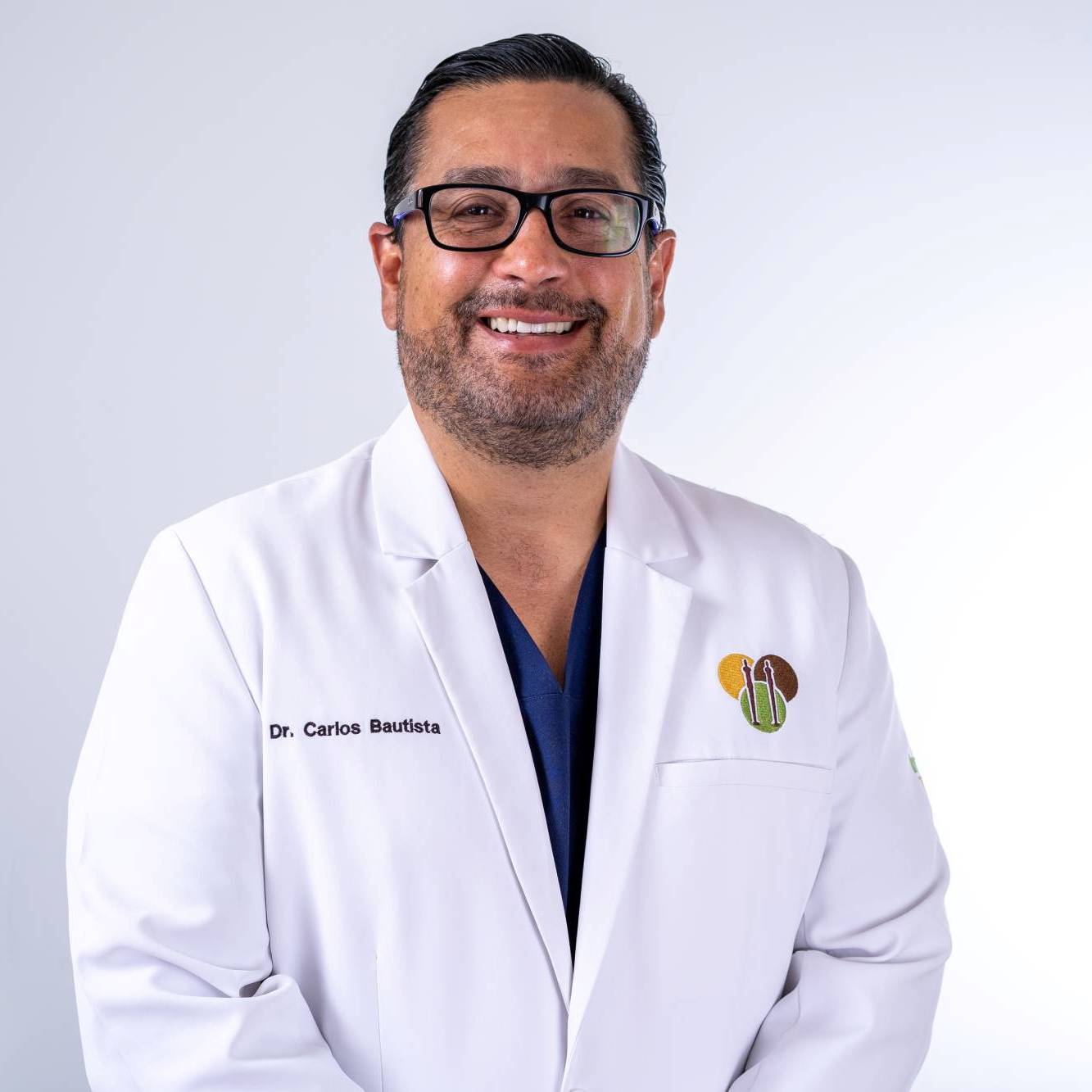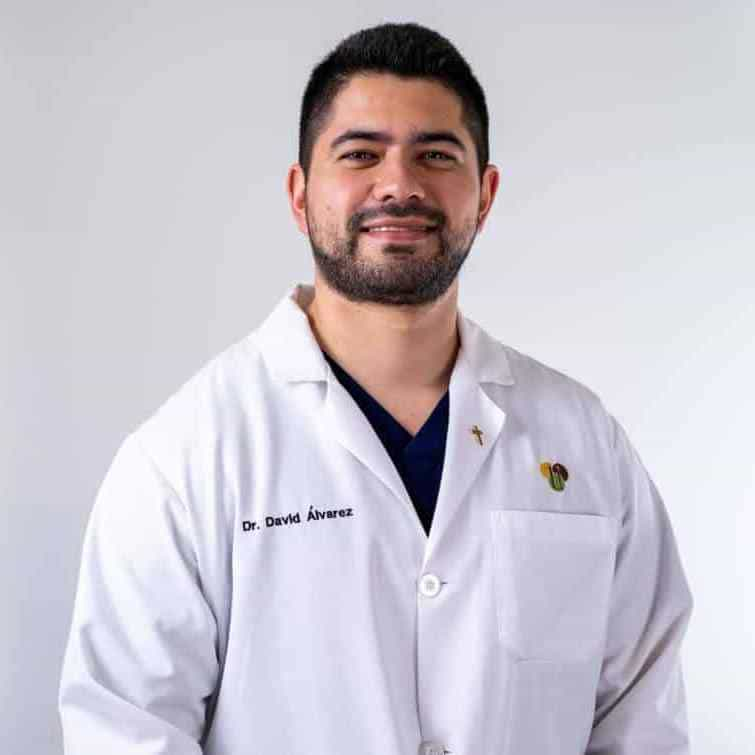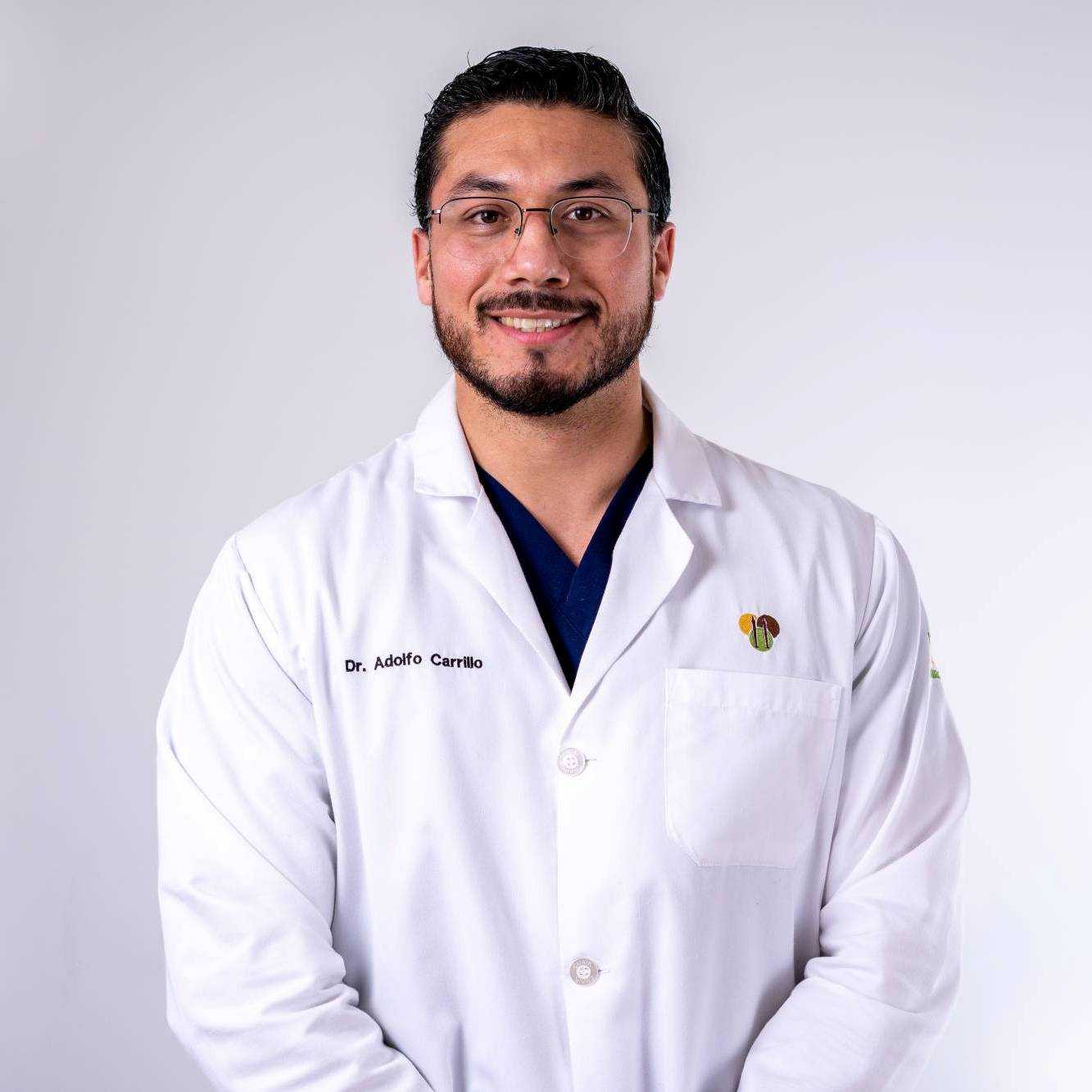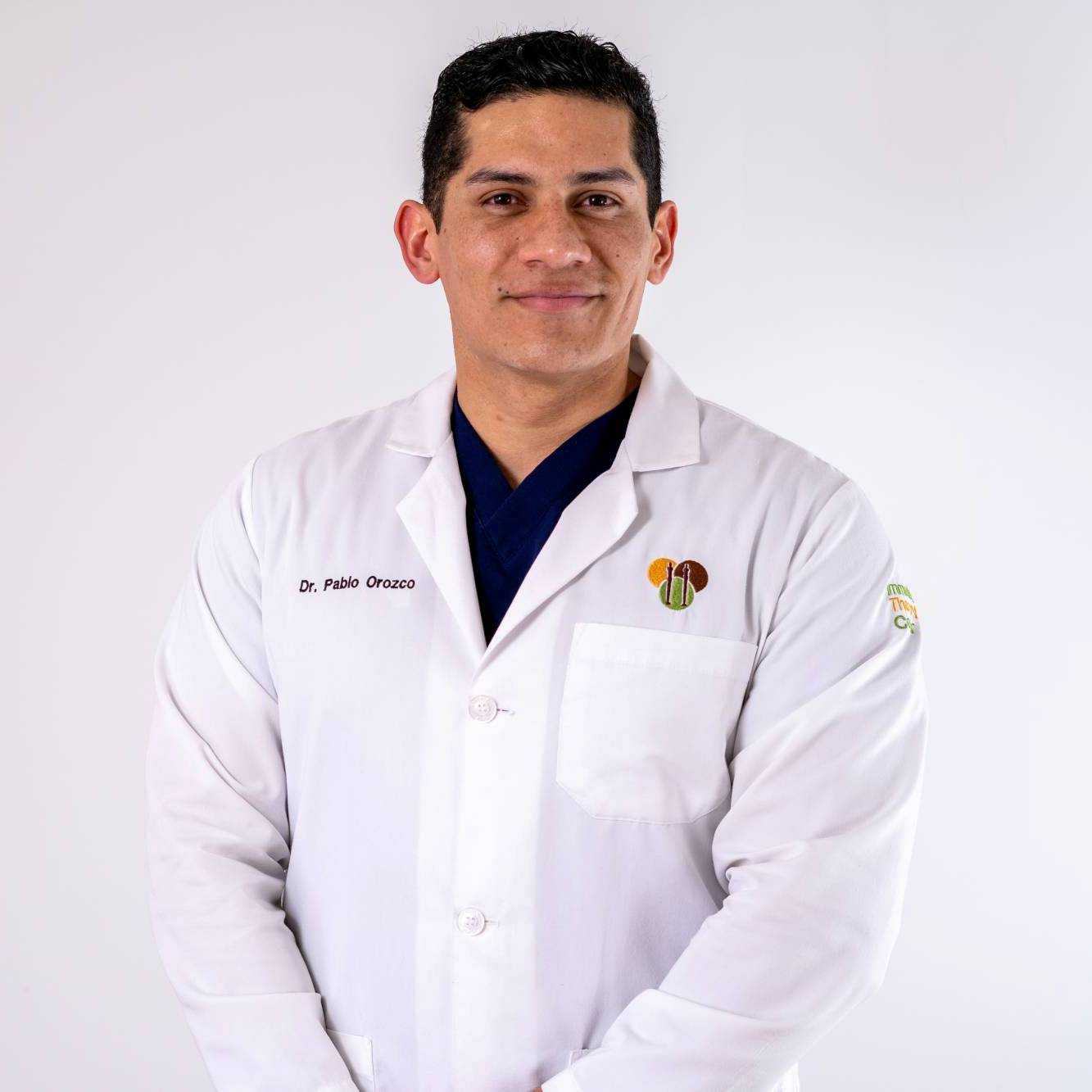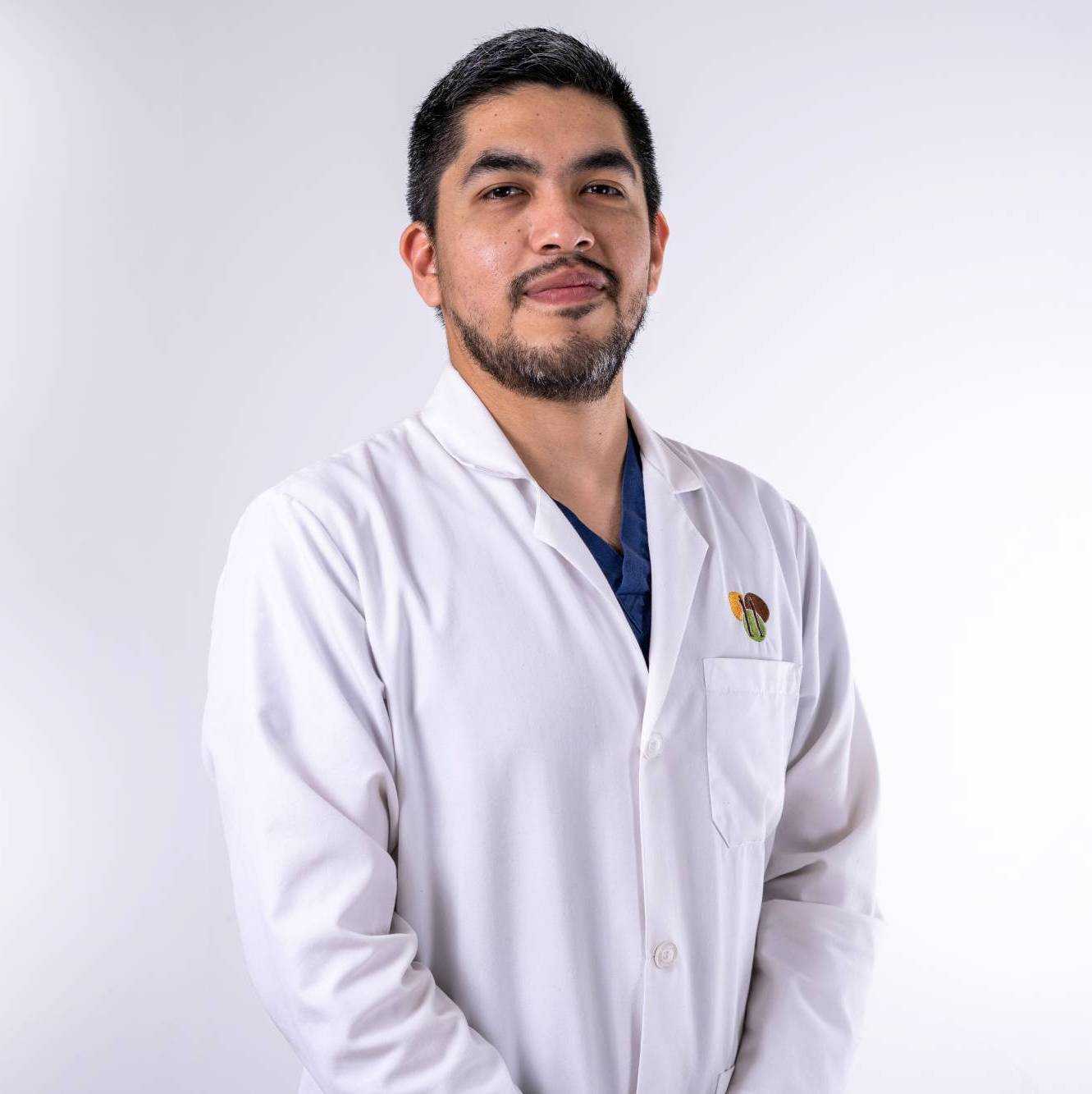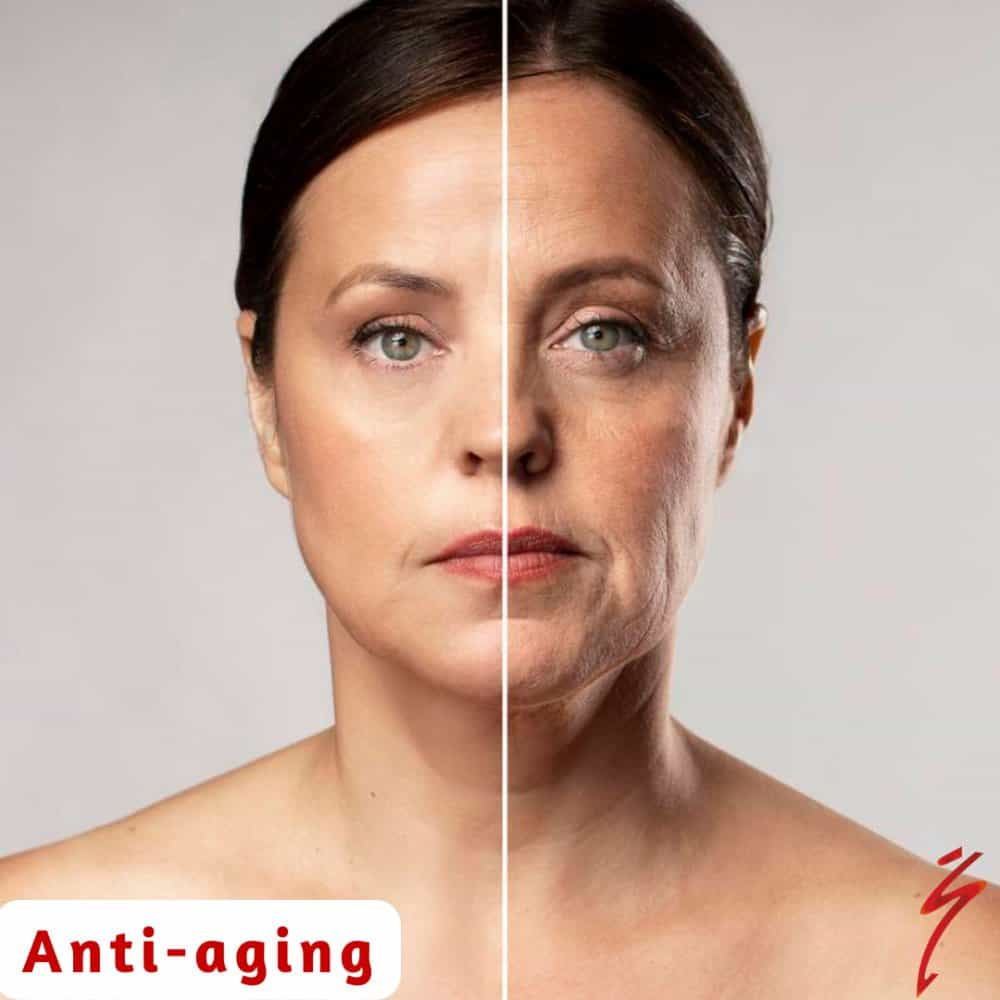Stem Cell Treatment Connections to Health
Many people don't know the difference between different types of stem cells and their potential uses in the development of treatments for a multitude of illnesses and disease processes. Stem cells from different parts of the body are identified by different names. For example, embryonic stem cells come from embryonic or fetal tissues, while placenta stem cells are cultivated from the placenta after the birth of an infant. Umbilical cord stem cells are cultivated from the umbilical cord following the birth process. Adult stem cells may be cultivated from skin, organs, and blood tissues cultivated from an adult.
Placenta stem cells therapy is one of the newest developments in the field of stem cell research. Placenta implants, stem cell therapies, and stem cell implants have been used in recent years to help treat and even cure a multitude of illness and disease processes including memory problems, chronic infections, chronic fatigue syndrome, and illnesses or conditions related to stress and anxiety.
There are over 3 trillion cells found in the human body that might potentially be used for future medical treatments. Stem cell therapies treat all body organ systems, including muscle tissues, the brain, lung, heart and liver. Each stem cell also contains specific instructions on how it replicates and functions, as well as how long a specific cell will live. Some stem cells are constantly being replaced, while others last a lifetime. For example, brain cells may last a lifetime, while blood cells are replaced every day.
Regardless of stem cell type, all stem cells are considered the foundation or building blocks of all body tissues, organs, and structures and are essential for growth and development as well as a source of constant biological repair.
Stem Cell Structures
Stem cells are similar in structure and perform three basic functions:
- Stem cells can remain unspecialized (or their ultimate function is undetermined) until the body specifies what type of cell it will differentiate (or develop) into; for example, heart, muscle, brain, or lung tissue.
- Some stem cells develop with specialized design or function, such as an embryonic stem cell
- Stem cells have the capability of perpetually dividing and replicating themselves through self division
Stem cell research has been ongoing for decades, while stem cell therapies are still relatively new, and have focused on treatments utilizing embryonic stem cell research. Today however, scientists and researchers from around the world have discovered viable and promising uses for other types of stem cells, including adult stem cells, umbilical cord stem cells, and placenta stem cells. The field of placenta stem cell research and development is still relatively unknown to consumers, as more attention has been placed on adult stem cell and umbilical cord stem cell research in recent years.
Placenta Stem Cell Therapies and Implants
Placenta stem cell therapies and implants (placenta stem cell tissues that are placed under the skin and closed with one or two stitches) have shown great promise and efficiency, and well as less side effects and moral and ethical stigmatization, in the treatment of a multitude of conditions, including circulatory issues like kidney insufficiency, diabetes complications, arteriosclerosis, and migraine or tension headaches. In addition, placenta stem cell implants have shown great promise in treating hormonal system issues in men and women and immune system conditions such as the treatment of chronic infections such as hepatitis B, AIDS, and tuberculosis.
Placenta stem cell implants have also been utilized to improve quality of life for individuals suffering from cancer and terminal illnesses such as dementia, Parkinson's and Alzheimer's disease.
Conclusion
The connection between stem cells and health cannot be ignored. While research and development is continuing in most forms of stem cell research and development, the potential impact of placental stem cell implants demands greater attention. While stem cell therapies have not yet been approved for use in the United States, consumers have options when it comes to stem cell therapies offered in Mexico, Asia, and throughout Europe. The Integrative Medical Center, located in Tamps, Mexico is one such facility that offers patients hope. Dr. Omar Gonzalez is an accredited and experienced physician who has seen the great potential and benefits of placenta stem cell treatments since 1991, and has performed over 3000 implants with effective and positive results.
Stem cell research, treatments, procedures and protocols are the wave of the future and offer individuals suffering from a multitude of illnesses and disease processes a chance at enhanced quality of life and potential remissions and cures.
Please Click Here to request more information from Dr. Gonzalez.




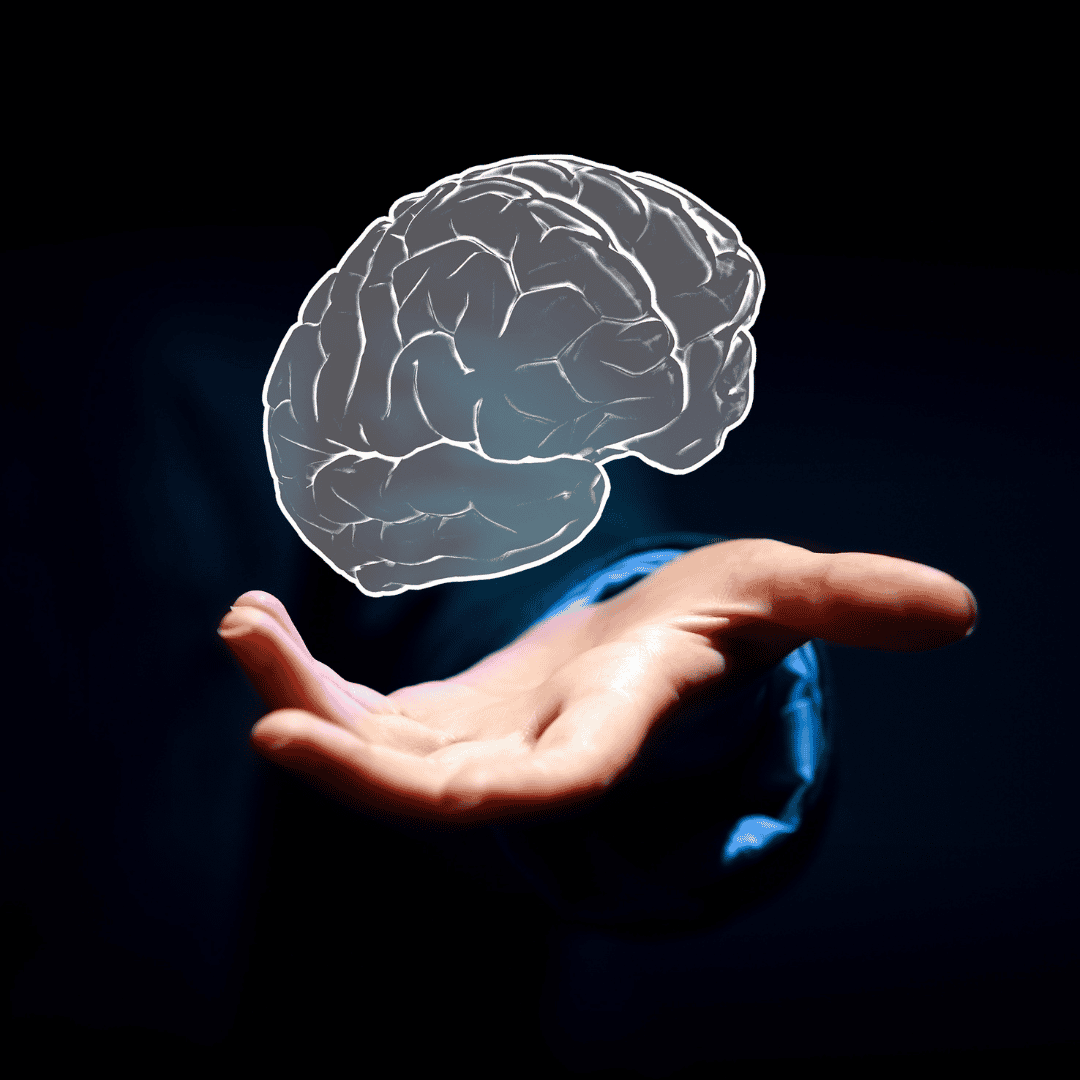

.png)
.png)

.png)
.png)
.png)
